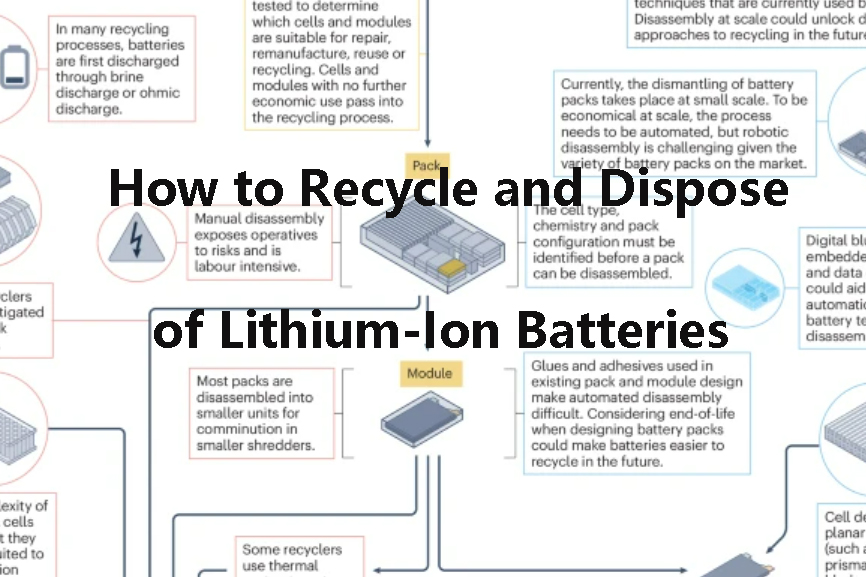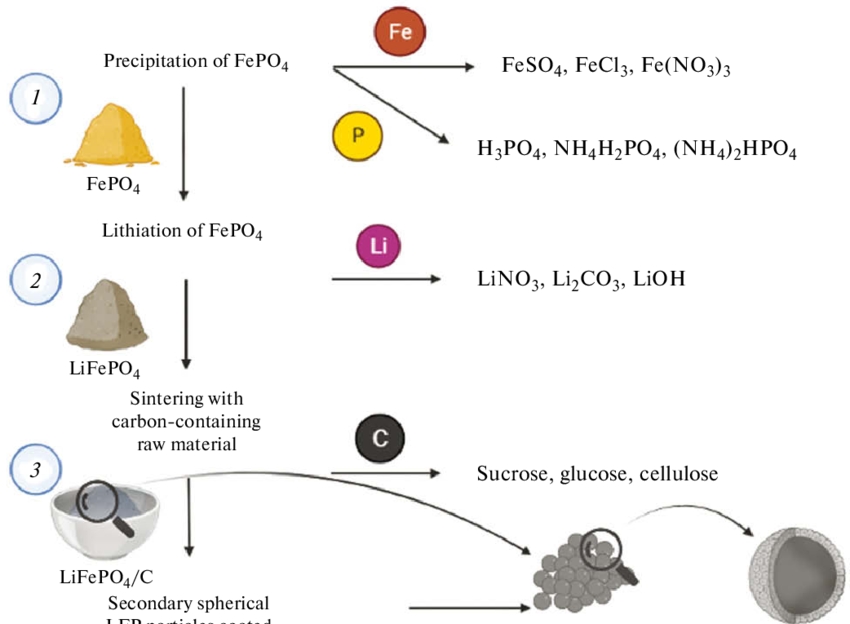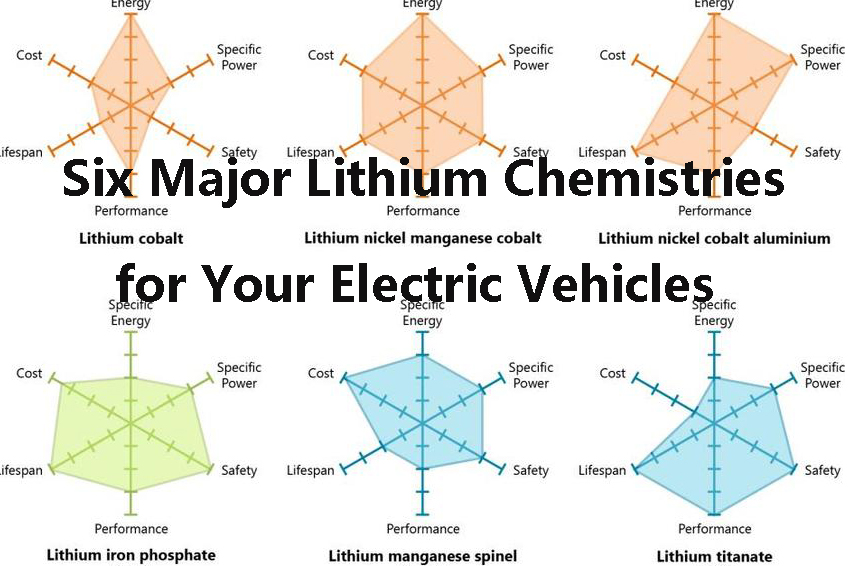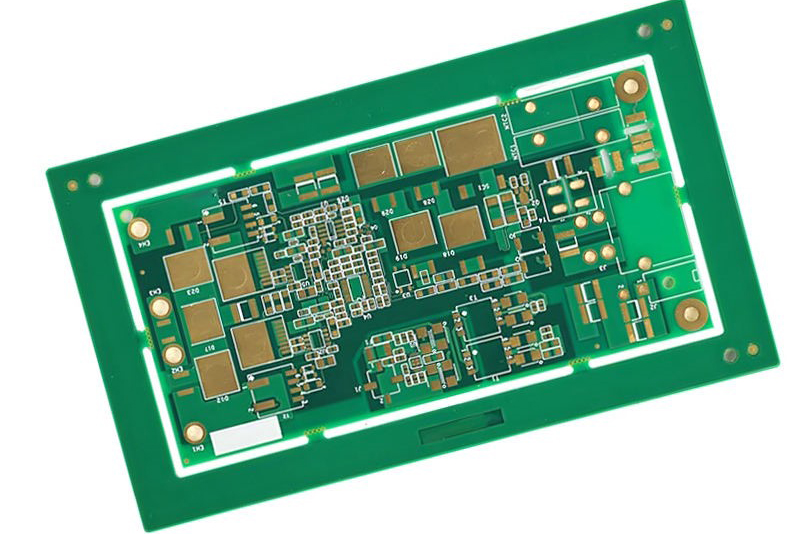
What Is a Semiconductor and How Is It Used?
Introduction
Semiconductors are the backbone of modern electronics, powering anything from smartphones and computers to advanced medical devices and solar power systems. But what is a semiconductor, and how does it work? This article will look at the fundamentals of semiconductors, their properties, types, and vital applications in today's tech-savvy world.
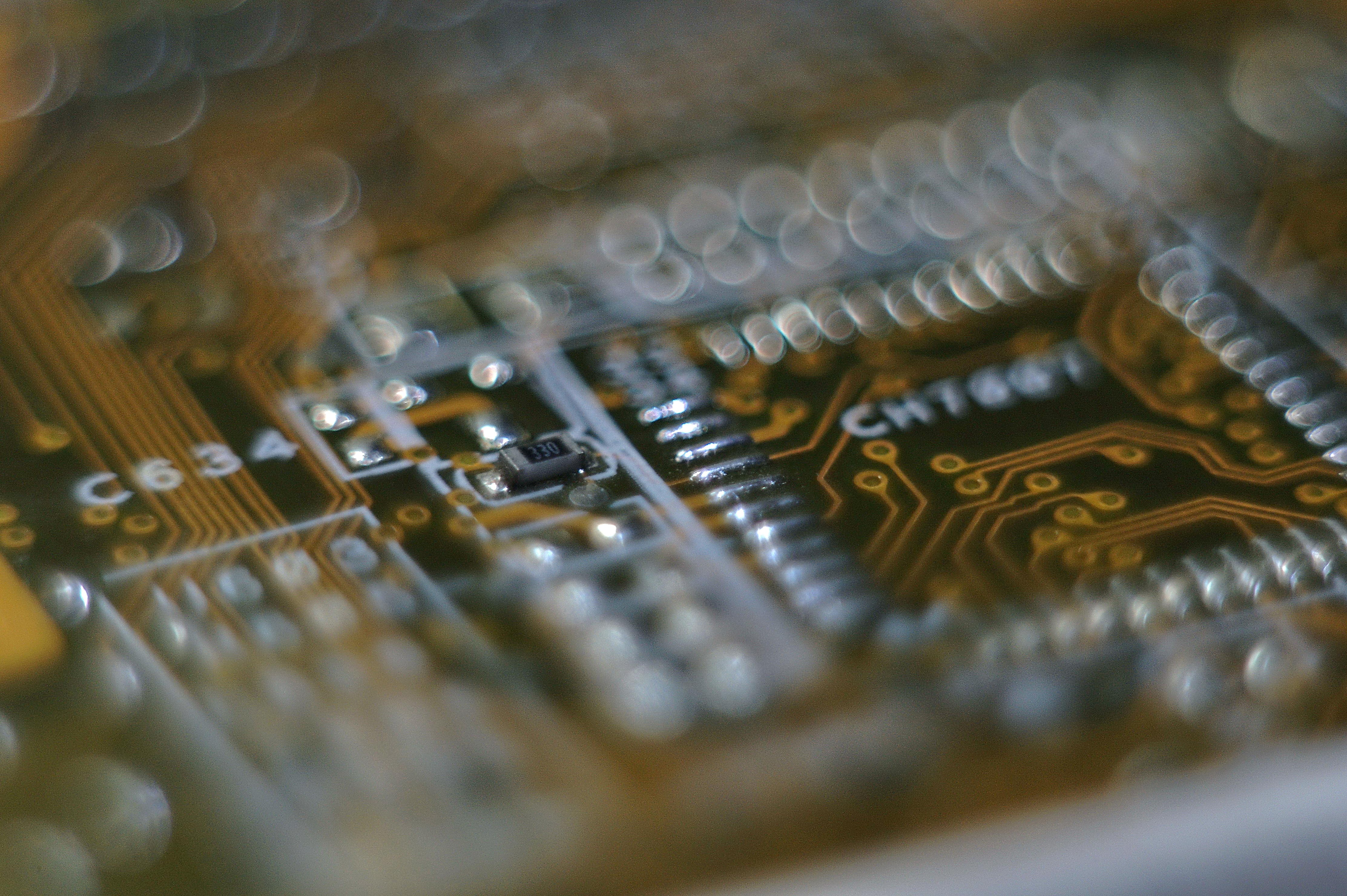
What Is a Semiconductor?
A semiconductor is a substance that possesses an electrical conductivity level between that of a conductor (such as copper) and an insulator (such as glass). Because of this, semiconductors can be used to control and modulate the flow of electrical current, making them crucial in electronic devices.
Semiconductor key properties are:
1. Variable Conductivity: Semiconductors can be controlled to either conduct or hinder the flow of electricity unlike conductors (which are always conductive) or insulators (which are non-conductive).
2. Temperature Sensitivity: Their conductance increases with temperature, unlike metals, which are not conductive when heated.
3. Bandgap Energy: Semiconductors have a small "bandgap" (energy difference between valence and conduction bands), allowing controlled electron flow with energization.
4. Doping Capability: Their electrical properties can be controlled by adding impurities (doping), enabling specialized conductivity.
How Do Semiconductors Work?
Semiconductors depend on the movement of electrons and "hole" (vacant position for an electron). Quantum mechanics and solid-state physics determine their characteristics.
1. Intrinsic vs. Extrinsic Semiconductors
- Intrinsic Semiconductors: Pure undoped materials (e.g., silicon, germanium). Conduction is negligible but may be enhanced by light or heat.
- Extrinsic Semiconductors: Doped with impurities to enhance conduction:
- N-Type: Doped with atoms such as phosphorus (additional free electrons).
- P-Type: Doped with atoms such as boron (generates additional holes).
2. The PN Junction (Diode)
When P-type and N-type semiconductors are combined, they create a PN junction, the basis of diodes and transistors.
- Forward Bias: Current flows freely.
- Reverse Bias: Used to prevent current (used in switches and rectifiers).
3. Transistors (Amplifiers & Switches)
Transistors, made of semiconductor materials, amplify or switch electronic signals. Transistors are used to make microchips.
Common Semiconductor Materials
The most widely used semiconductor material is Silicon (Si), which dominates the electronics industry due to its satisfactory semiconductor properties, natural occurrence, and established fabrication processes.
Germanium (Ge) was one of the earliest semiconductor materials but has largely been replaced by silicon in usage, but still retains some specialized applications in infrared optics and high-speed electronics.
Gallium Arsenide (GaAs) possesses higher electron mobility than silicon and is consequently highly beneficial for high-frequency purposes in optoelectronic devices and radio frequency (RF) devices.
Silicon Carbide (SiC) and Gallium Nitride (GaN) are the new generation wide-bandgap semiconductors employed in high-power, high-temperature applications like electric vehicle powertrains and 5G networks.
Molybdenum Disulfide (MoS₂) is a novel two-dimensional semiconductor material with great potential for flexible electronics and future nanoelectronic devices due to its uncommon, layered structure as well as bandgap tuning.
Applications of Semiconductors
Semiconductors are the foundation of many technologies that control our everyday lives. The electrical characteristics of semiconductors offer diverse applications across different sectors, resulting in innovation in consumer and industrial goods.
1. Consumer Electronics
At the heart of modern digital technology, semiconductors enable sophisticated functionality we all take for granted on a daily basis. Microprocessors and memory chips – CPUs, GPUs, RAM, and flash memory – construct the computational soul of smartphones, PCs, and tablets. In tandem, display technologies such as OLED and LCD displays employ thin-film transistors (TFTs) to deliver high, rich-resolution images.
2. Communications & RF Devices
As connectivity demands continue to rise, semiconductors are revolutionizing communication technologies. Gallium arsenide (GaAs) and gallium nitride (GaN) are high-frequency materials that power the 5G networks and wireless systems that enable our hyper-connected world. Semiconductor lasers and photodetectors facilitate high-speed data transfer in optical fiber networks on global communication networks.
3. Power Electronics
The future of clean energy solutions critically hinges on cutting-edge semiconductor materials. Silicon carbide (SiC) and GaN devices significantly enhance battery efficiency and reduce charging times in electric vehicles (EVs). In photovoltaic solar cells as well, the characteristics of semiconductors are used to generate clean, renewable electricity from sunlight with increasingly high efficiency.
4. Sensors & IoT
The evolution of intelligent technologies relies on sensing capabilities enabled by semiconductors. The basis of intelligent homes, wearables, and industrial automation is with temperature, light, and pressure sensors. Semiconductor-based biosensors and imaging technologies such as MRI and X-ray detectors enable sophisticated diagnostic and patient monitoring in healthcare.
5. Quantum & Future Computing
Looking out at the tech horizon, semiconductors are enabling radical computing paradigms. Quantum dots – semiconductor particles measured in nanometers – promise unprecedented applications for quantum computing applications and next-generation display technology. Meanwhile, neuromorphic chips modeling the human brain's neural architecture are unlocking the door to brain-like artificial intelligence systems at increased speeds.
The Future of Semiconductors
The semiconductor industry continues to drive new frontiers, driving technology with relentless innovation in three areas: miniaturization, power efficiency, and new materials. New fabrication techniques are enabling the production of increasingly tiny transistors, with 2nm chips imminent that will deliver record performance and power efficiency. Meanwhile, researchers are exploring breakthrough materials like two-dimensional molybdenum disulfide (MoS₂) and perovskite materials that could transform what electronics can do.
There are several cutting-edge trends that are revolutionizing the semiconductor sector:
1. Next-Gen AI Processors – AI-specific processors, which are powerful and efficient, are making machine learning and edge computing innovation possible.
2. Flexible and Wearable Electronics – Stretchable and bendable semiconductors are facilitating new innovations in wearable electronics, foldable screens, and smart wear.
3. Eco-Friendly Production of Semiconductors – The industry is playing an important role in sustainable production methods, including reducing water use, reduced energy consumption, and reusable resources to curb environmental degradation.
Conclusion
Semiconductors are the quiet force behind nearly every modern electronic device. By their precise control of electrical current, they enable innovation in computing, communications, energy, and medicine. With every advance in technology, semiconductors will remain at the forefront of progress, driving the innovations of the next generation in electronics and beyond.

